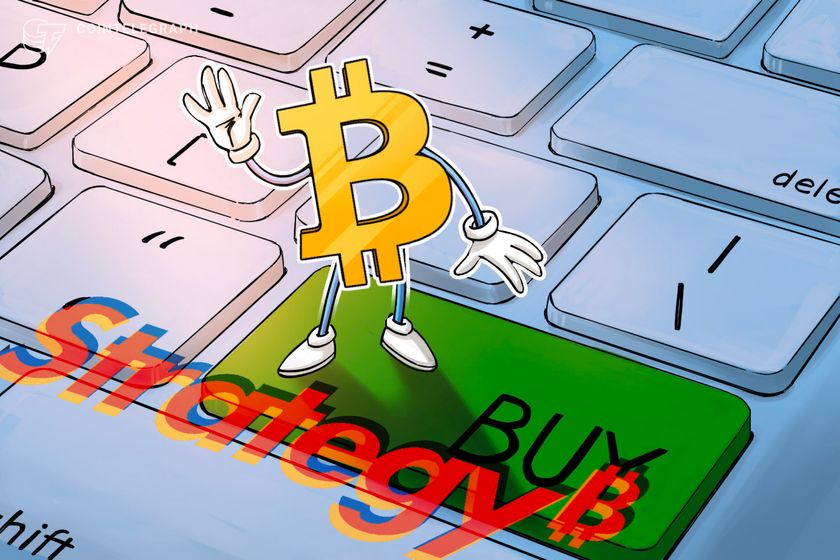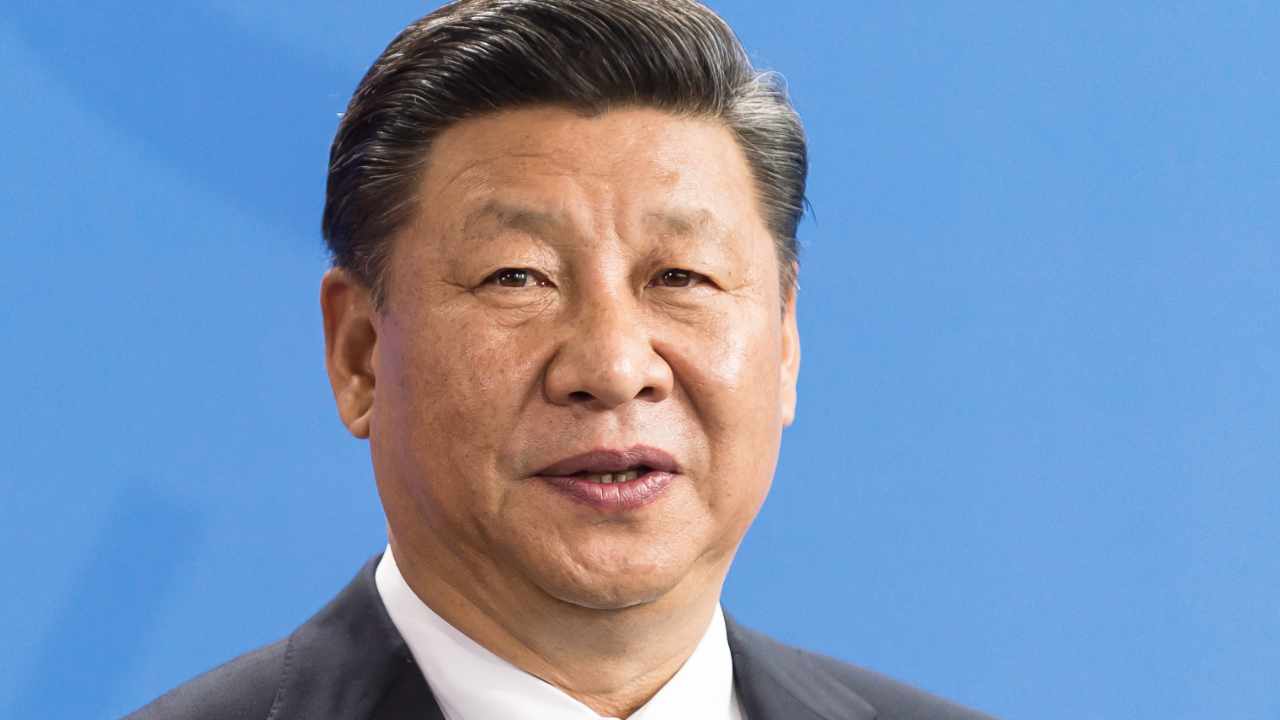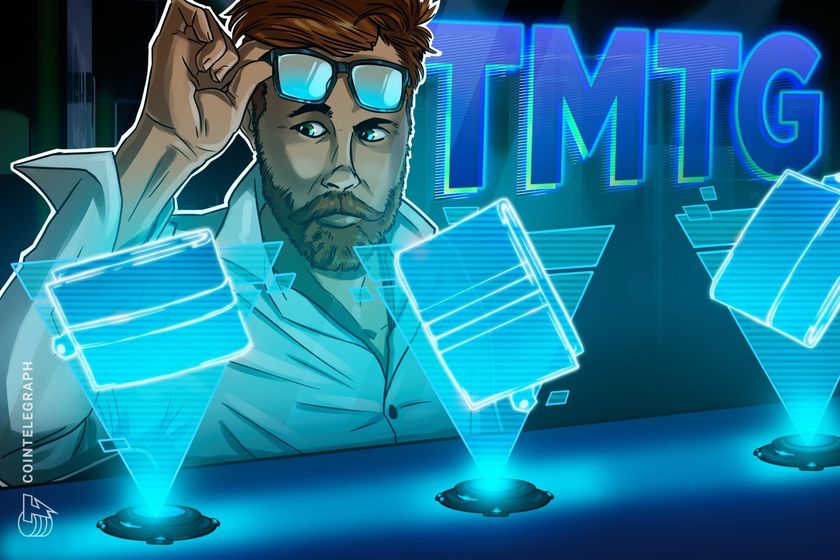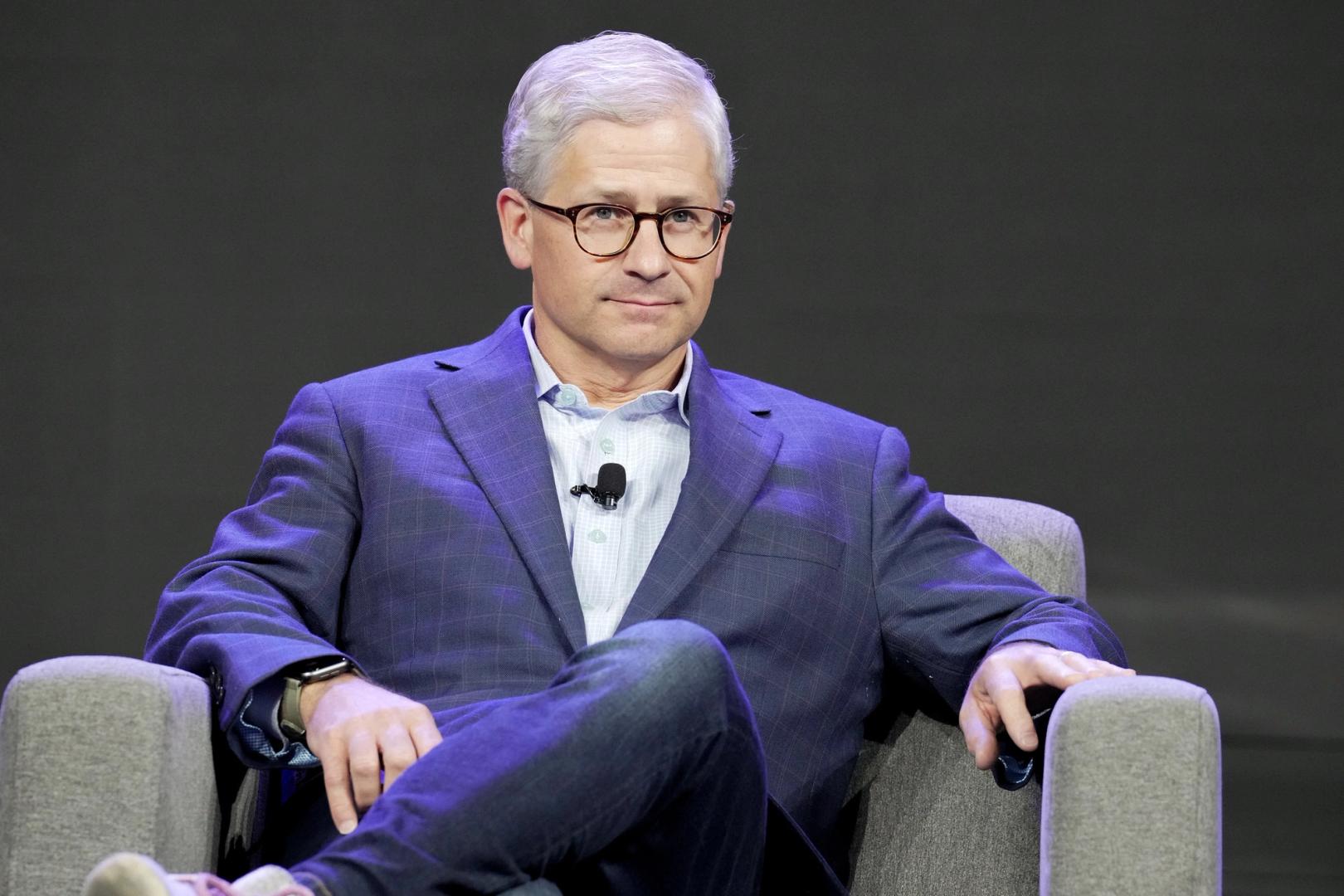AI’s real disruption is integration: DevRev co-founder Dheeraj Pandey
In an exclusive conversation, the Nutanix veteran explains why the real AI breakthrough lies in the unglamorous work of fusing siloed enterprise data—and why India’s youngest engineers could own that future if the country backs research, voice tech, and the big AI ambition.
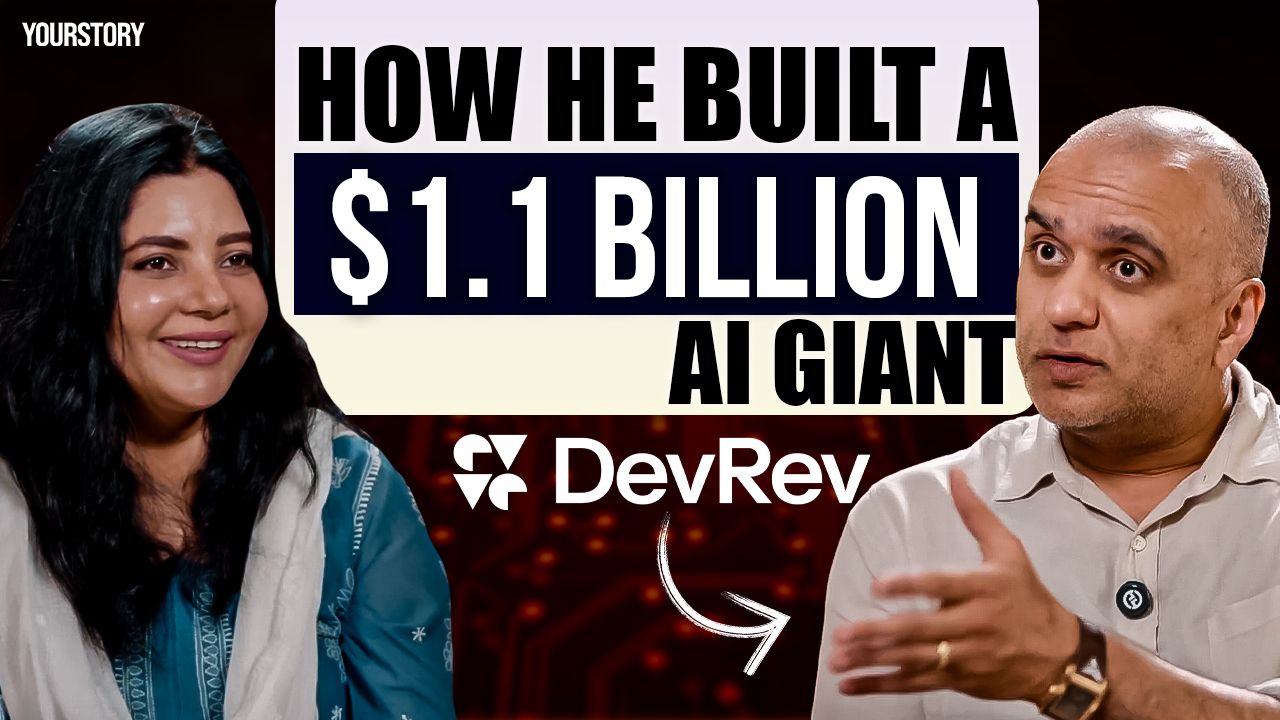

For serial entrepreneur Dheeraj Pandey, the biggest myth about artificial intelligence is still that it behaves like a “magic wand.”
In a conversation with Shradha Sharma, Founder and CEO of YourStory, the DevRev co-founder and former Nutanix CEO believes that data remains fundamental for any AI system to reason well within an enterprise setting.
“One of the biggest myths about AI is that people still believe that it's a magic wand, which doesn't require any extra inputs—because it's intelligent. A lot of it is about data and knowledge that you feed to it. And if you don't do it right, you will get garbage,” says Pandey.
Pandey argues that every technological leap “left-shifts the complexity” by integrating once-separate systems—for instance, iPhone for consumer apps, AWS for infrastructure, or Salesforce for early CRM.
AI, he says, is next in that lineage, with the unification of scattered enterprise data. By collapsing the walls between sales CRM, support desks, ITSM tools, and developer platforms, DevRev aims to unify these into a single “enterprise knowledge graph”.
“ For machines to be doing more than what they did in the last 15-20 years, we have to take it from all this ‘physics’ of CRM and SaaS tools to ‘chemistry’. And a lot of chemistry can only happen when you join thing.. If this whole knowledge graph is given to LLMs, they can reason better,” he explains.
Building of DevRev
Pandey, who took Nutanix public in 2016, founded DevRev in late 2020 with Manoj Agarwal to do for back-office software what Nutanix did for data-centre hardware. The Palo Alto- and Bengaluru-based startup raised $100.8 million Series A last August, vaulting to $1.15 billion in valuation.
DevRev’s pitch is an AgentOS layer that delivers AI solutions that streamline customer service, product management, sales, and software engineering.
In Pandey’s words, the touchscreen moment for enterprise software is conversational AI.
He added that his decision to start over was shaped by how cloud computing disrupted Nutanix—a shift that changed how enterprise infrastructure was consumed.
While the firm went public just seven years after the launch, it couldn’t ride the wave of public cloud adoption the way legacy players like VMware could.
Pandey says that VMware had nearly a decade to grow before the cloud hit, allowing it to reach $70-80 billion in value. Nutanix, though successful in managing data, maxed out at $20 billion and couldn’t reach $100 billion because the market had already shifted to cloud-based infrastructure.
“In 2020, when I turned 45, I thought, “I have another 20 years to give this industry—how do I learn again?” Vinod Khosla and I were talking—he’d been an early investor in Nutanix—and he asked, “Have you heard of GPT?” I said, “I don’t even know what that means.” He was the first institutional investor in OpenAI, so I started digging deeper and realised there was probably something here,” he adds.
Generative AI, by contrast, is a tailwind blowing towards DevRev’s model. As enterprises race to embed LLMs, the value of a clean, unified data layer is growing faster than the value of any single UI feature.
“We were looking at all these silos and data centres and decided to use a commodity layer of hardware, put pure software on top to create value. DevRev was essentially the same idea, but at a business infrastructure level. For the first three years, we focused heavily on data, and over time, the market started to move in our direction—largely because we had been blurring app boundaries organically from day one,” he explains.
Unlike Nutanix, which entered India four years after launch, DevRev started with India from day one, Pandey said, noting that some of the company’s most advanced model-reasoning research now happens in the region.
India’s role in the AI race
Pandey fondly recollects a mention of DeepSeek from a Financial Times article, where the model was stated as the moment that “busted the old myth that America innovates, Europe regulates, and China imitates”—and, tellingly, India wasn’t even mentioned.
He argues China’s four-times-higher per-capita GDP has funded a surge of home-grown research and a nationalism-driven urgency to compete, while India’s IITs are barely doing any research.
“We need to get that generation to come out and say that we can be better than the West. We don't have to become engineers. We can become researchers. That's a 15-year journey from here, provided the government spends on research,” he proclaims.
Pandey believes that the gap won’t close until India finds its galvanising challenge.
“What DeepSeek has done is create a sense of belief: “If a hedge fund can, why can’t I?” It’s created curiosity: “I don’t need a billion dollars to put out a new model—I can do it for less than half a million.” In many ways, the smaller DeepSeek model is an imitation-learning model, so there is imitation in a lot of what they have done. Even if we start there, I think we’ll be in a good place,” he adds.
The founder sees multilingual and voice tech as the next big leveller—a leap that could give India a direct on-ramp in the global AI race.
What AI can’t do
If there’s one thing that AI cannot replace, Pandey believes, is emotional intelligence.
“As humankind, it took us 300,000 years to learn about things, understand society, giving empathy, and civilisation. In the next thousand years, it'll be hard for it [AI] to actually be emotionally intelligent without really feeding it a lot of traces of emotions. Having a heart and a brain and a gut, and knowing when to use what is probably very much human right now. Even if we were to create a beast, it might take another 5,000 years,” Pandey says.
When asked if he weren’t building companies, Pandey said that he would prefer to be a historian, as company building has a lot to do with history.
“As historians, you look for patterns that keep repeating; the more things change, the more they remain the same. Even while building companies, I think about how hard it was back then. If you look at Sultan Mehmed or the Ottoman Empire, it was incredibly difficult to break through Constantinople, which was a thousand-year empire of Eastern Romans.”
Edited by Sriram Srinivasan


















































































